In the fall of 1982, during his return to Tay Ninh to attend the first historical scientific conference after 15 years of the victory of the Junction City sweep - the largest-scale operation of the US expeditionary army in the war of aggression against Vietnam, poet Huong Trieu, also known as revolutionary Tran Bach Dang, former Head of the Propaganda Department of the Central Office for Southern Vietnam 20 years earlier, contemplated in the poem "Returning to Tay Ninh" published in Tay Ninh Newspaper: "In one's lifetime, one must return to Tay Ninh at least once."
The liberation flag flies on top of Ba Den Mountain on January 7, 1975. (Photo courtesy of P. TK)
Tay Ninh, a remote southwestern border region of the Fatherland, a simple, rustic land, what does it have that makes a person who can be called a great culturalist of the country exclaim like that? I would like to say, there is one thing that Tay Ninh people, many generations of Tay Ninh people are very proud of their homeland, that is, the history of our country has chosen Tay Ninh as the "meeting point" to start the long march to liberate the country from the invasion of the most powerful army in the world , also known as "the Hun army of the era". Then, a while later, it was the starting point of the liberation army to the last lair of the enemy to successfully end the historic Ho Chi Minh Campaign, completely liberating the South, and unifying the country.
That selection was told by Major General Ngo Quang Nghia - former Director of Tay Ninh Police, former Director of the Vietnam People's Police History Institute, in the book "Northern Tay Ninh Base in the Resistance War Against America to Save the Country" as follows: "...At that time, I was an officer of the Tay Ninh Police Department, stationed at the Tra Vong war zone in Chau Thanh district, Tay Ninh province. One day in late 1950 - early 1951, Mr. Le Duan, then Secretary of the Southern Regional Party Committee, was present at the Tra Vong base. One morning he came to see the vegetable garden of the officers and soldiers growing to prepare for Tet, because usually at the end of the year, when the dry season comes, we often grow a lot of vegetables to make pickles for Tet. He praised us as "amazing"... Before that, I had only heard of him but had never met him.
Later, I learned that he went to Tay Ninh not only to visit and encourage the resistance cadres and soldiers, but also for another very important purpose: to survey the terrain and topography of Tay Ninh to set up the Central Office for Southern Vietnam. This event shows that Le Duan was an outstanding political and military strategist. He had prepared fully and carefully for a persistent and long-term war with the enemy.
Historical reality has happened like that. If in the spring of 1960, Tay Ninh land had the battle of Tua Hai stronghold at midnight in Trang Sup, as the "signal shot" to start the uprising of the "heroic people of the South", then 15 years later, in the spring of 1975, Tay Ninh land also had the events of establishing the 232nd Group and the 4th Corps of the Southern Liberation Army - 2 of the 5 army wings advancing to liberate Saigon in the final campaign named after beloved Uncle Ho. Also in this spring in Tay Ninh and from Tay Ninh, the first two battles to liberate Ba Den mountain - the "divine eye" peak launched down to Dong Thap Muoi, launched up to the Central Highlands, launched to the Southwest border and launched to Saigon to orient and pave the way for the 1975 Spring Campaign; and the battle of Highway 14 - Phuoc Long, completely liberating the first province in the South. These were two "probing" and "teasing" battles against the enemy, called "strategic reconnaissance" to affirm the determination of our entire Party, army, and people to liberate the South in 1975.
Many Party history documents, military history, and memoirs of many revolutionary leaders and generals clearly recorded the progress of the 1975 Spring Campaign, the climax of which was the Ho Chi Minh Campaign. Accordingly, in July 1974, Comrade Le Duan - First Secretary of the Party Central Committee suggested and guided the General Staff of the Vietnam People's Army to draft a plan to assess the domestic and international situation, seize strategic opportunities, be sensitive, and promptly propose policies to prepare and carry out the liberation of the South. After more than a year of us stepping up the armed struggle and directly supporting the political struggle, forcing the enemy to implement the Paris Agreement of January 27, 1973 and fundamentally stopping their plan to "flood the territory", our position and strength were consolidated and developed to a new level.
From this position and strength, we outlined the plan to attack in the dry season of 1974-1975, moving towards a general offensive and uprising. Meanwhile, the economic, political and military situation of the Saigon government at the end of 1974 seriously declined. To have a "strong main punch" for the general offensive and uprising, on July 20, 1974, at the military-political conference at Duong Minh Chau Base, comrade Pham Hung - Secretary of the Central Bureau announced the decision to establish the 4th Army Corps. This event marked a new step of maturity for the main force of the Region - the Liberation Army of the South. The 4th Army Corps at its establishment consisted of 2 Infantry Divisions 7 and 9, Artillery Regiment 24, Air Defense Regiment 71, Special Forces Battalion 429, Information Regiment 69 and supporting and supporting agencies. At first, the Central Bureau appointed comrade Hoang Cam as Commander and Political Commissar of the Corps, then comrade Hoang The Thien as Political Commissar, comrade Bui Cat Vu as Deputy Commander, and comrade Hoang Nghia Khanh as Chief of Staff. The forces of the Military Regions, local troops of the provinces, districts, and commune guerrillas in the B2 battlefield (the areas of the provinces and cities in the South) developed strongly, in which the forces of Tay Ninh province, from 3 battalions 14, 16, 18 local troops grew to double, adding battalions 20, 24, 26, not to mention entering the Ho Chi Minh Campaign to implement the policy of local self-liberation, the districts in the province established one to two battalions of the district each. The establishment of the 4th Corps and mobile divisions in the military regions was the preparation of the main force of the battlefield to meet the new situation.
The memoirs of General Le Duc Anh - former President of the country said that at the end of October 1974, the Central Office received a call from the Politburo calling two comrades Pham Hung - Secretary of the Central Office and Tran Van Tra - Commander of the Region to Hanoi for a meeting. Before leaving, the Central Office assigned Mr. Vo Van Kiet to be on duty at the Central Office and assigned Mr. Le Duc Anh (at that time Lieutenant General, Deputy Commander of the Region) to take over the command position of Mr. Tran Van Tra. When starting to deploy the 1974-1975 dry season plan, in the Region Command, each person was assigned to be in charge of a direction, generals Le Duc Anh, Hoang Cam, Bui Cat Vu were in charge of opening the corridor, general Nguyen Minh Chau (Chief of Staff, from Thai Binh, Chau Thanh, Tay Ninh) was in charge of Highway 20 (through the two provinces of Dong Nai and Lam Dong), after the deployment was completed, he moved to Long An.
There is one more important position and direction, which is the direction of Ba Den Mountain, Tay Ninh. The force to deal with this direction is the reconnaissance force and some units under the Regional General Staff, plus the local force of Tay Ninh province, commanded by Deputy General Staff Tran Van Danh (Ba Tran). The Tay Ninh direction is done first. The Regional General Command assessed that when we surrounded Ba Den Mountain, attacked the outposts and destroyed the strategic hamlets around Ba Den Mountain and Tay Ninh town, the enemy's 25th Division would move up. Thus, we have done a "diversion" to attract and stretch the enemy's forces.
On November 13, 1974, Pham Hung and Tran Van Tra set off for the North. The forces of the Region also busily marched to their positions, preparing to enter combat as planned, first organizing the attack on Ba Den Mountain and Dong Xoai. Ba Den Mountain is a high point in Tay Ninh, standing in the middle looking to both sides, one side is Long An - Dong Thap Muoi, the other side is Phuoc Long province, the observation range reaches all the way to Saigon and covers the Tien River of the Mekong Delta. Dong Xoai is a key position of Phuoc Long province as well as of Highway 14. At these two positions, our army carried out both attacks and diversions.
Meanwhile, on the local side, together with the people of the provinces and cities across the South, the Tay Ninh army and people entered the 1974-1975 dry season campaign with the "three-army" armed forces with new developments in quality. At the beginning of the campaign, the three main battalions of provinces 14, 16 and 18 attacked and destroyed the posts of Truong Duc and Quy Thien (Truong Hoa commune, Toa Thanh district - Hoa Thanh town today) and severely damaged three other posts. On the battlefields of Trang Bang, Go Dau, Duong Minh Chau, Ben Cau, Chau Thanh, Tay Ninh town, the various armies simultaneously organized joint battles and achieved many victories. As a result, in the first phase of the campaign from December 7 to December 18, 1974, Tay Ninh army and people fought 65 battles, destroyed and captured 931 enemies, including many colonels and lieutenants, destroyed 5 forts and severely damaged 10 other forts and posts.
Entering the second phase of the campaign, rural and urban people in Tay Ninh not only heard the rumbling sound of bombs and bullets coming from all directions, but also saw the flash of bullets and bombs on the top of Ba Den Mountain every night for a whole month until the day their homeland mountain was liberated on January 7, 1975.
Nguyen Tan Hung
(To be continued)
Source


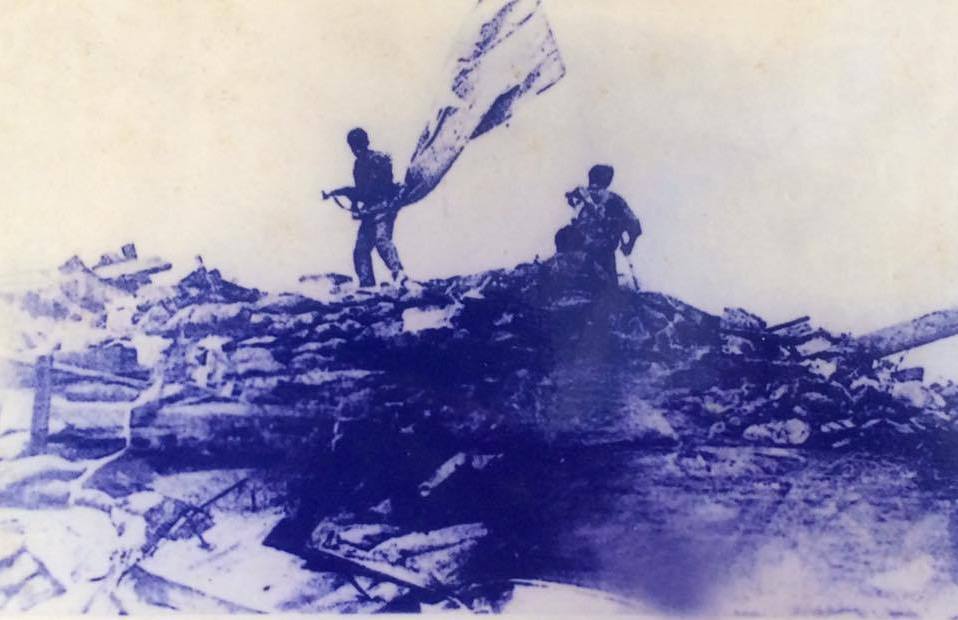
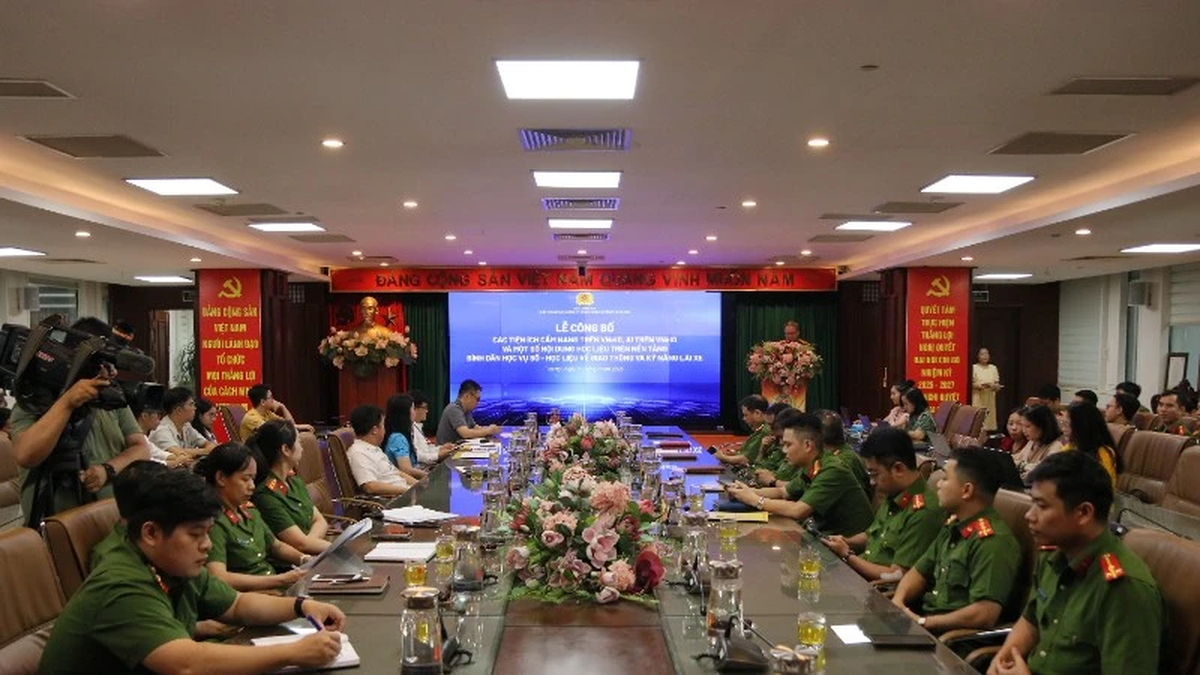
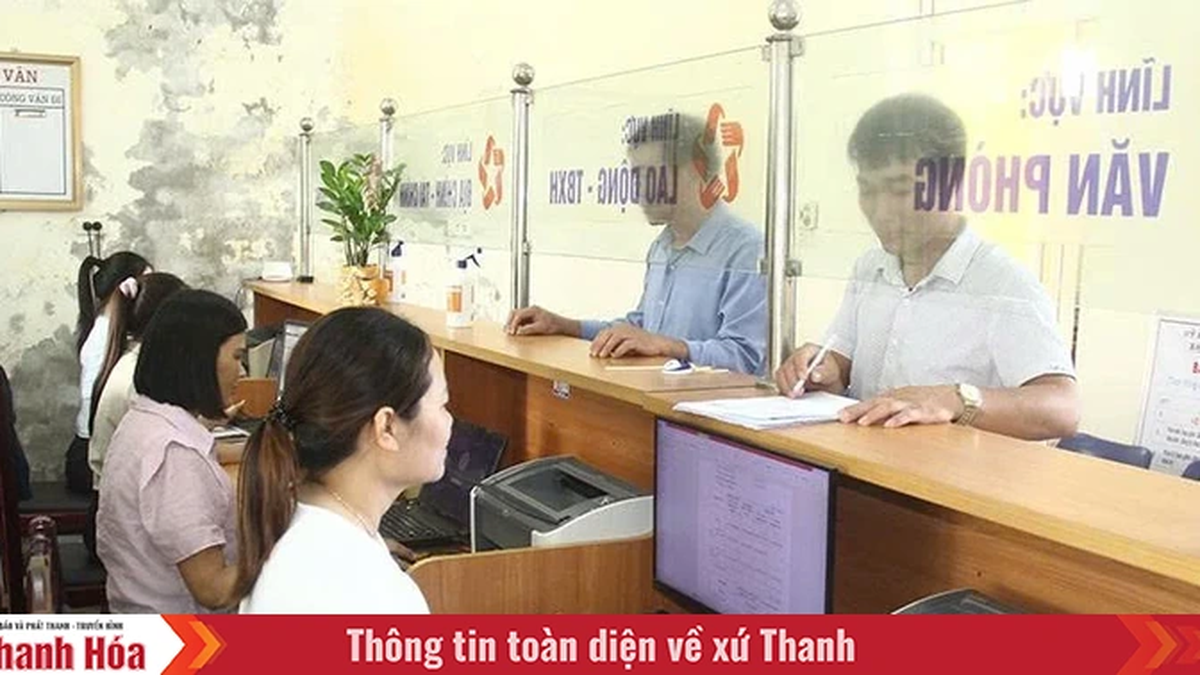
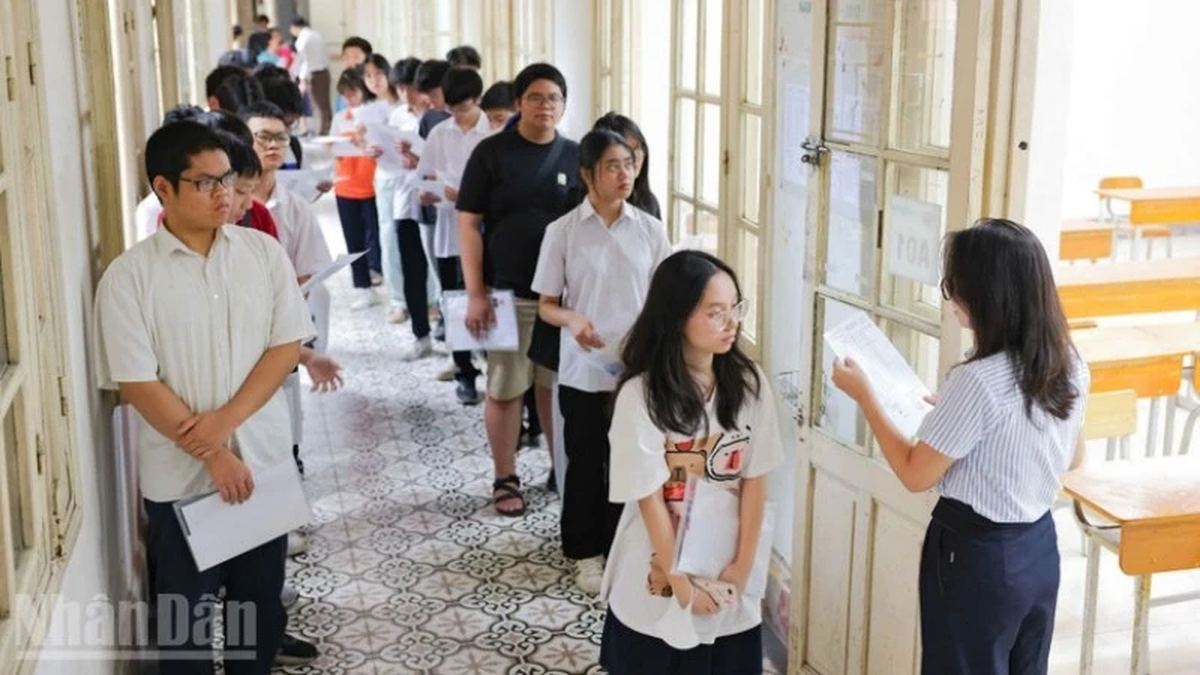
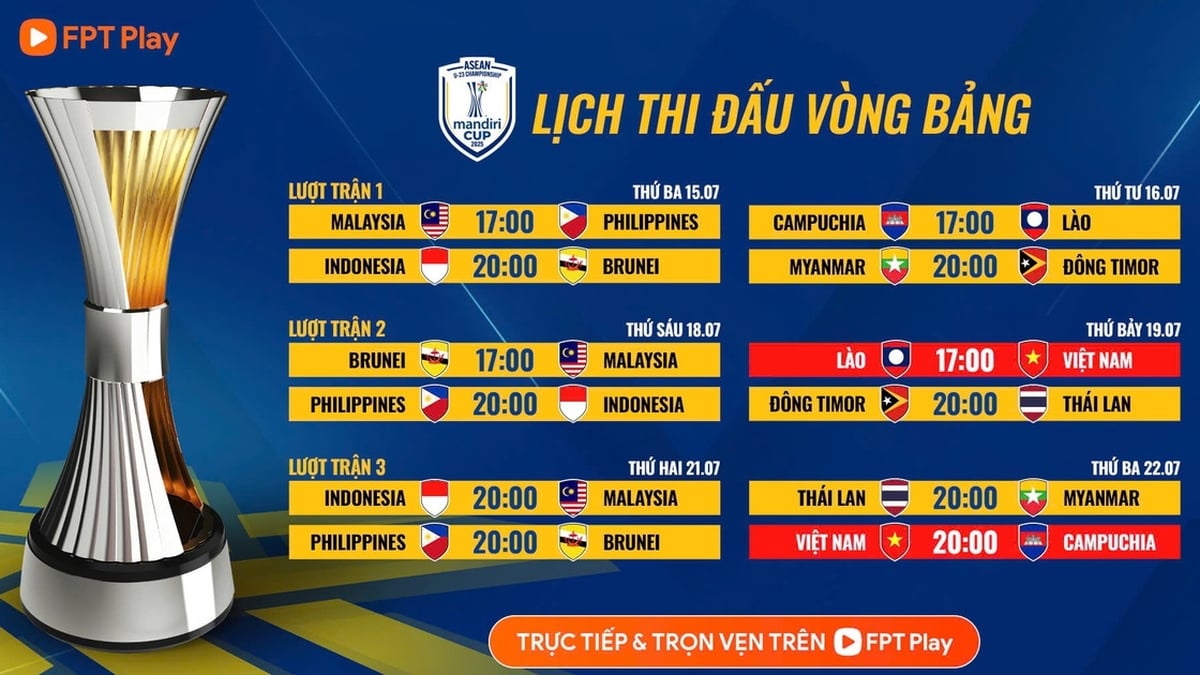

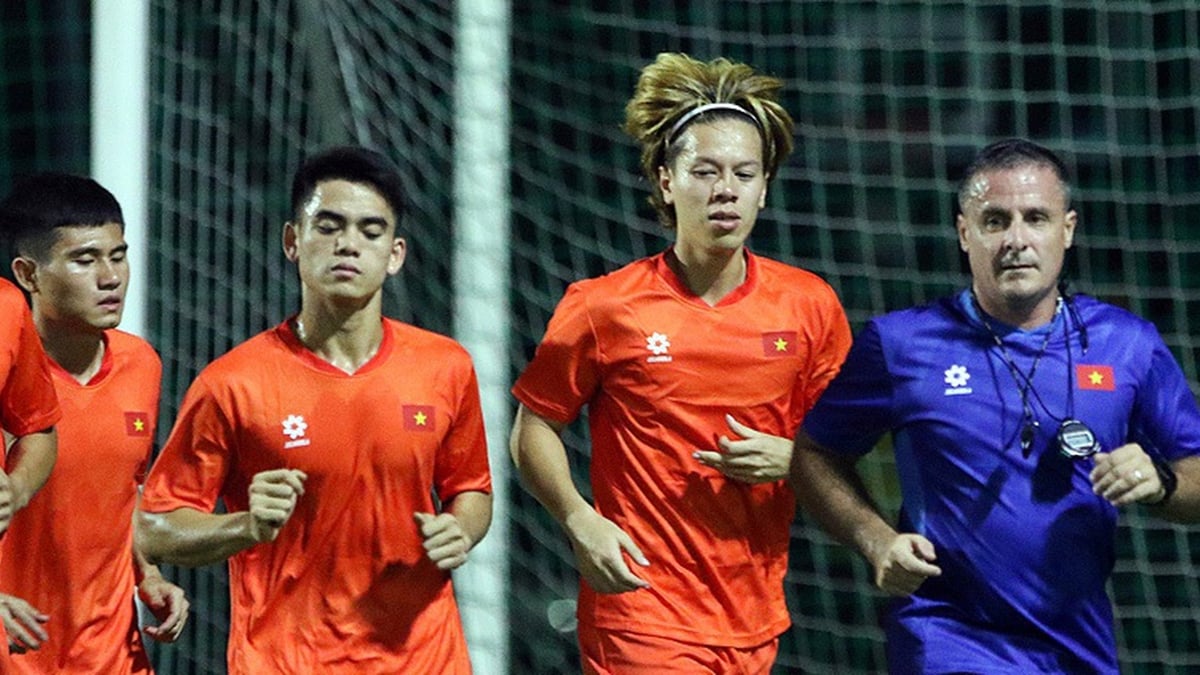
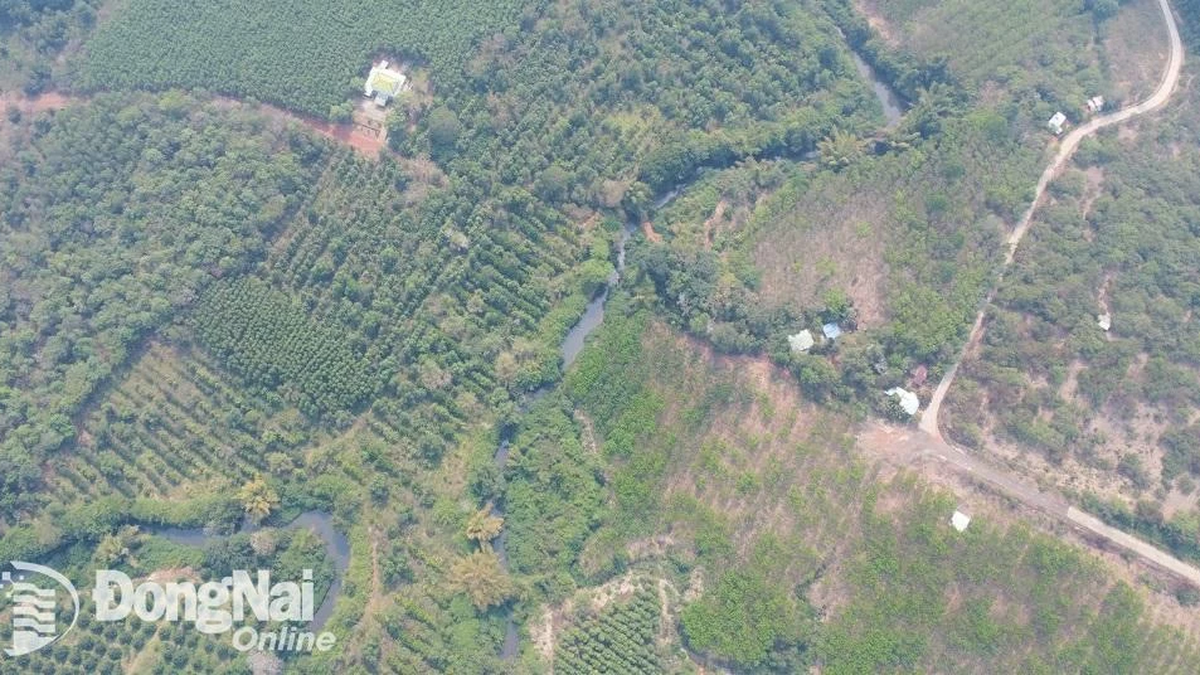
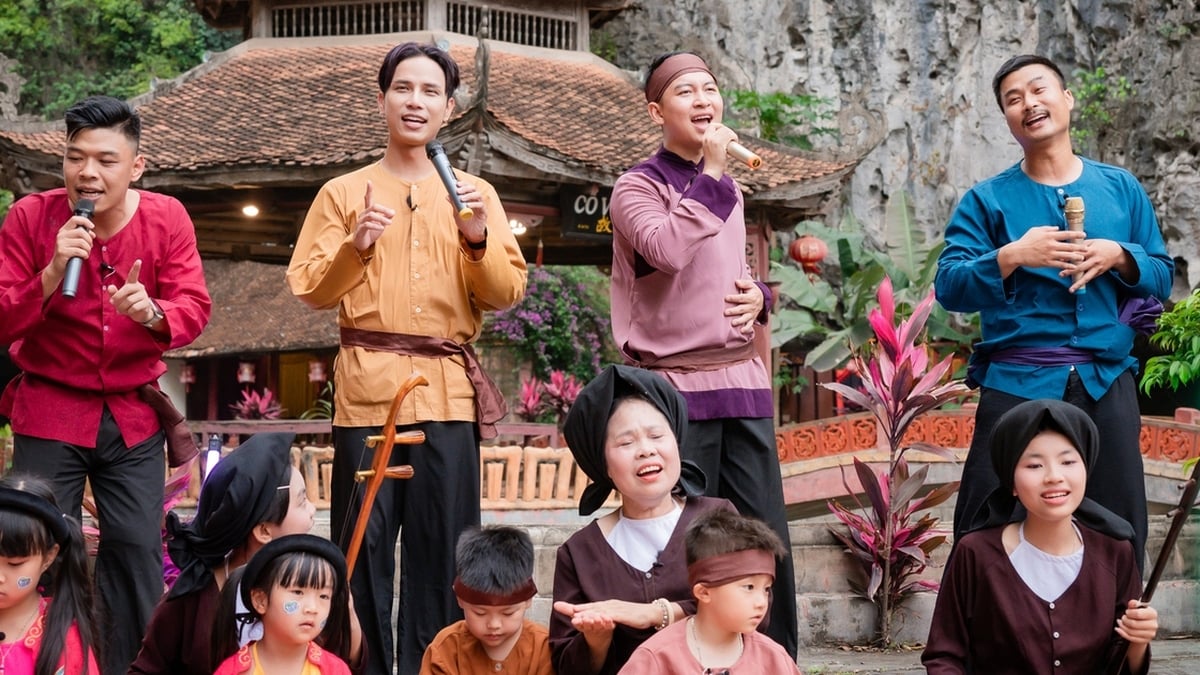
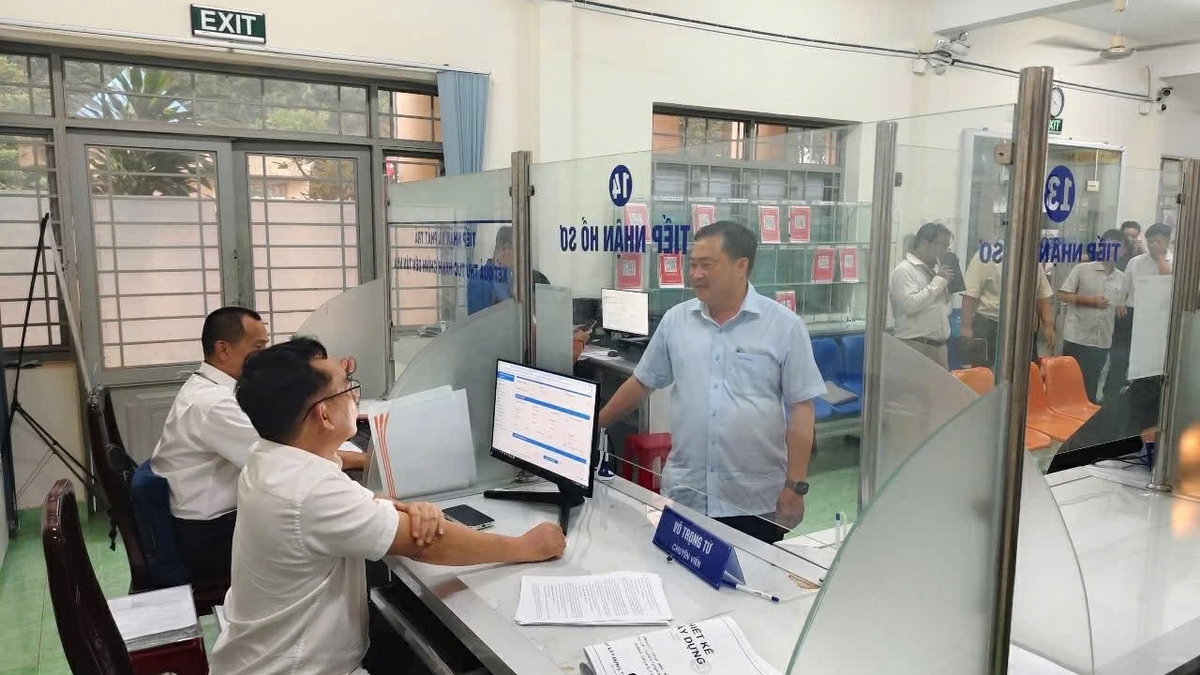
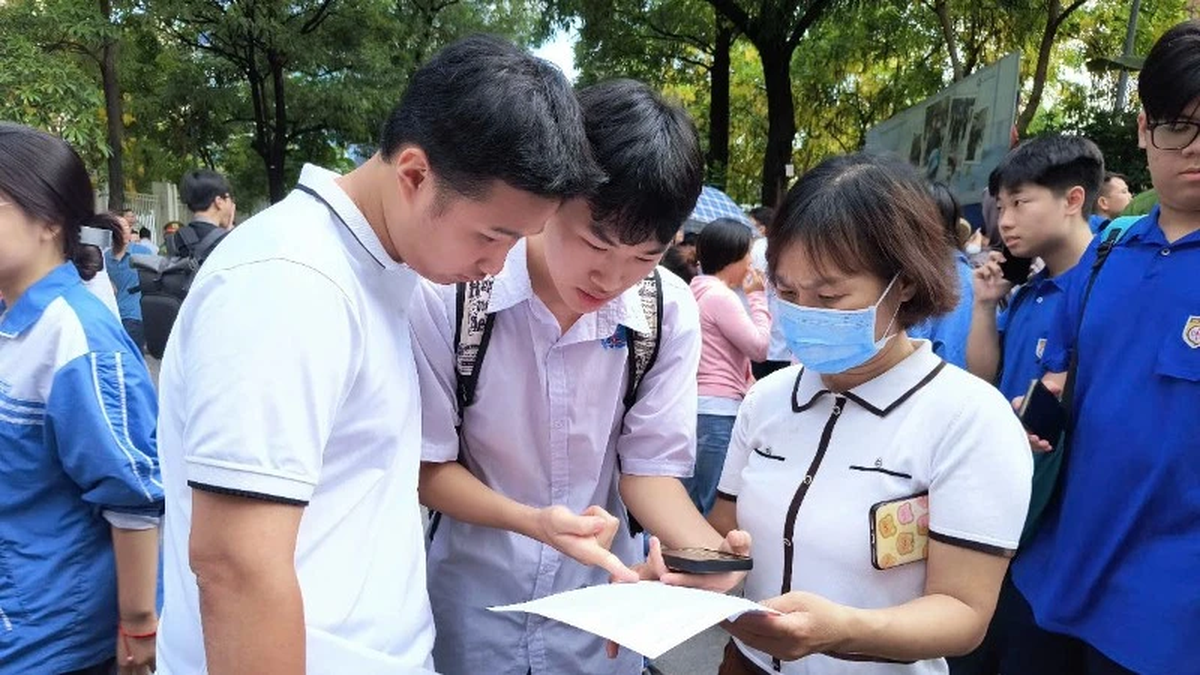






























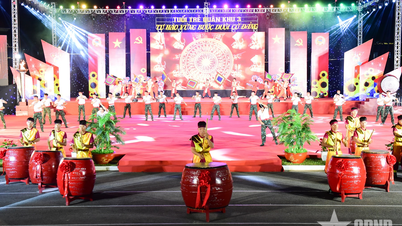








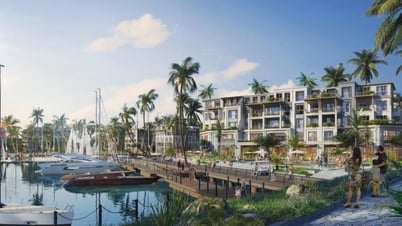
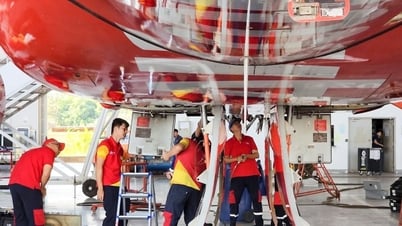

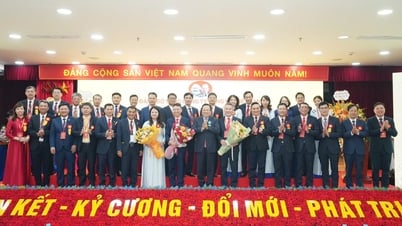





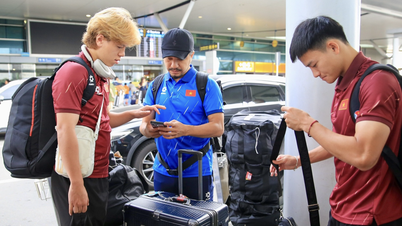


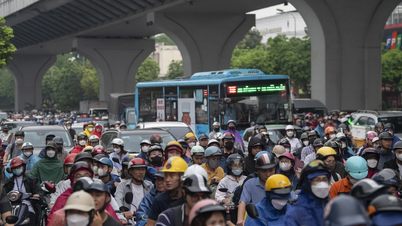
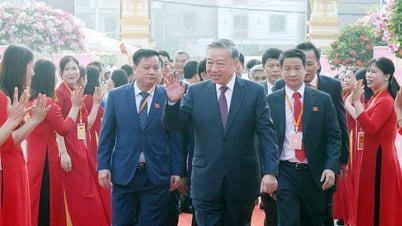
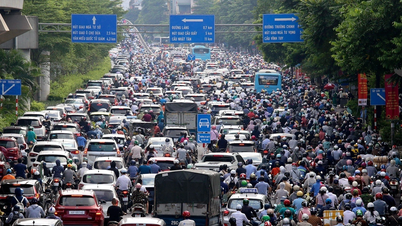
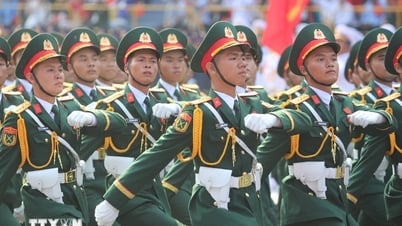
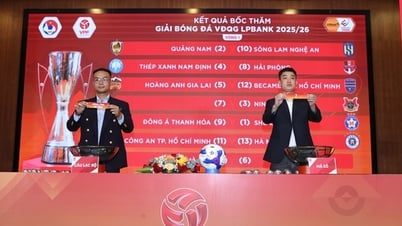


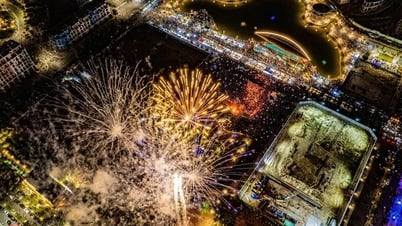


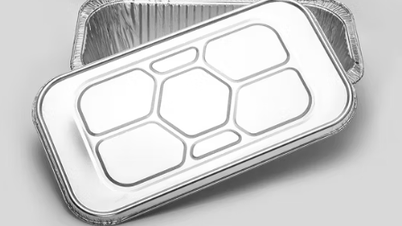

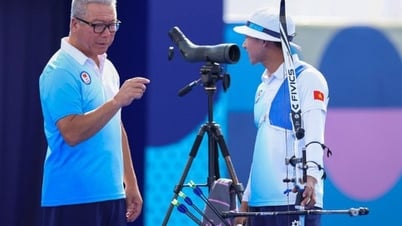
























Comment (0)